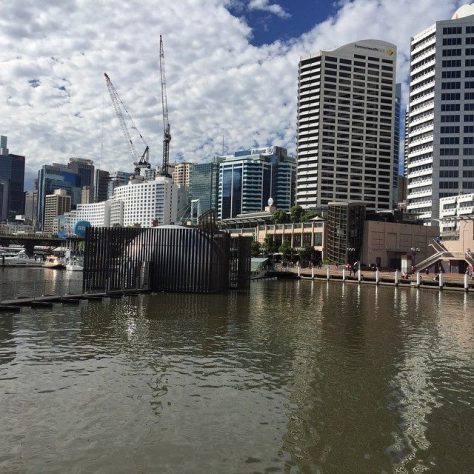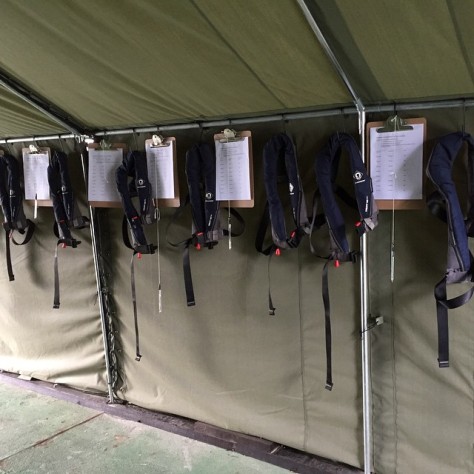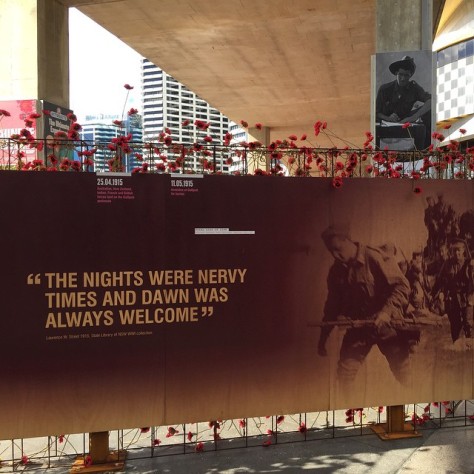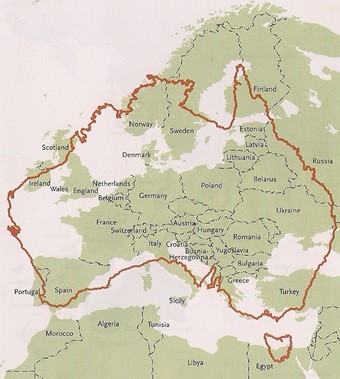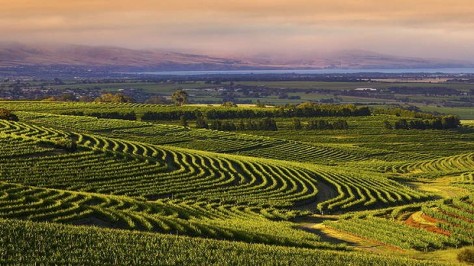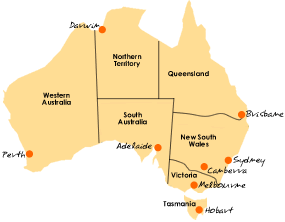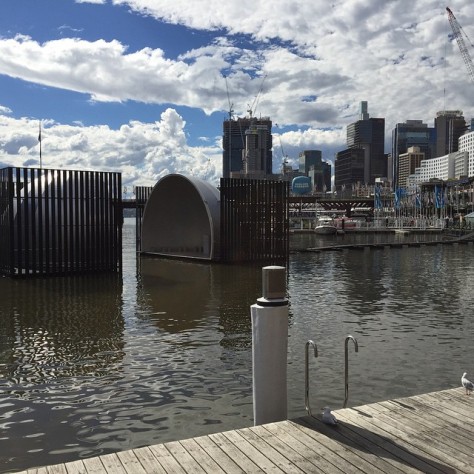
Nomanslanding is an art project, designed to engage the visitors visiting the site to experience in the footsteps of the soldiers involved in the Great War/ World War 1 and also, to reflect on their sacrifice. It is also to commemorate the Centenary of ANZAC and as a project to connect the Sydney city’s waterway with art in an interesting way.
“Noman’s Land” refers to an area of land between the two enemy trenches that neither side wished to cross/ seize, for fear of being attacked by the enemy from the other side.
The Nomanslanding two floating half domes (pictured above) is situated in Sydney city’s iconic Darling Harbour, Cockle Bay, opposite of the IMAX theatre.
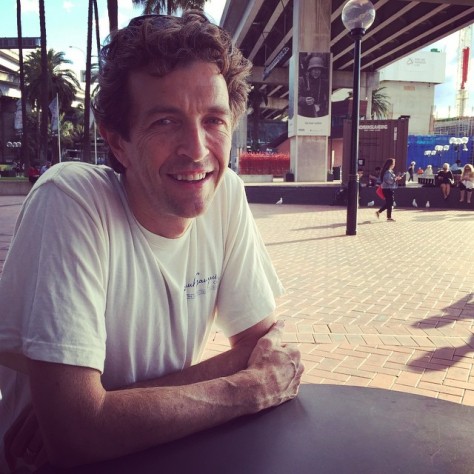
The project itself was initiated by the Sydney Harbour Foreshore Authority (SHFA) Creative Producer and Curator, Michael Cohen (pictured above) and it was developed in partnership with two other Curators – Lorenzo Mele from Glasgow Life/ Merchant City Festival (Scotland) and Katja Aßmann from Urbane Künste Ruhr/ Ruhrtriennale Festival of the Arts (Germany)
It all started in January 2014 last year, when these three curators, Michael, Lorenzo and Katja came together out of the mutual interest to create an urban arts collaboration project inspired by each of their cities connection to waterways and wartime history. They then invited five leading international artists – Robyn Backen, Nigel Helyer and Jennifer Turpin (all from Australia), Graham Eatough (Scotland) and Andre Dekker + Observatorium (Netherlands) to create the project. Together, they came up with an idea to create Nomanslanding (see below).
The dome shape was selected to provide a different and interesting experience to the visitors. Because of its shape, it allows sound to travel from one side of the dome to the other, allowing visitors to “whisper” from one end to another and visitors who are sitting on the opposite end can hear your whisper. It also forces the visitors to be present in the moment by blocking the noise from the outside world with sounds and voices from inside the dome, thus creating its own experience that will be unique to every visitor. Upon entering the dome, phone must be switched off or in silent mode.
According to Michael Cohen, the Creative Producer, instead of letting the visitors be told of the story of World War 1 in a literal way (such as watching a video), the artists decided to do something different that will engage the visitors and allowing them to participate in the experience even if it is just for that brief moment in time.
Before entering the dome, you will enter a tent with about 10-20 life jackets being hung on the wall (pictured above) and next to the life jackets, you will see a form that you need to fill in with your name before you can enter the dome.
After you’ve worn your life jacket and sign your name on the form, there will be a guide who will explain all about the Nomanslanding project, what it is all about and what will happen upon entering the dome. Don’t worry, the life jackets are there just in case you decided to jump into the water. There hasn’t been any previous cases where people drown in this project as they were trying to cross a walkway into the dome.
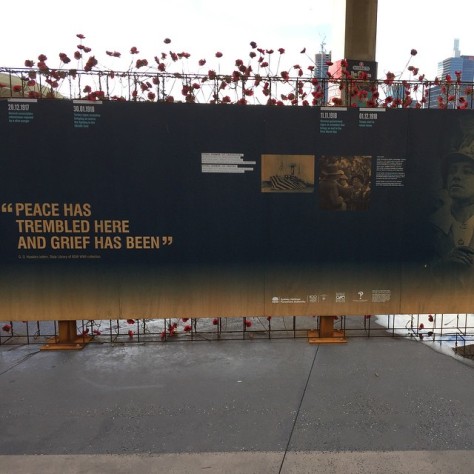
The dome itself represents a moment in time. Upon entering the dome, you’ll realise that you see other people also entering the dome from the other side and these people are supposedly representing “your enemy” during wartime. This represents how in a war, you need to pick a side and stick to one side only.
After everyone has taken their position and sat down, you will start to hear sounds, voices and even whispers in different languages to describe the experiences of these soldiers who were preparing to go to war.
The crescendo of war experience intensified as the two half domes slowly moved closer and closer to each other until they finally close together to form a dome. The dome closing is a metaphor of death that is open to your interpretation. It could be a soldier lying down after being shot or dying in a hospital bed.
The whole project concludes with a solemn live performance singing that describes the experience of crossing to the other side, meaning life after death.
War itself is a tragedy, not just a national loss.
It is important to commemorate the lives that were lost due to war and do what we can to prevent war from happening again.
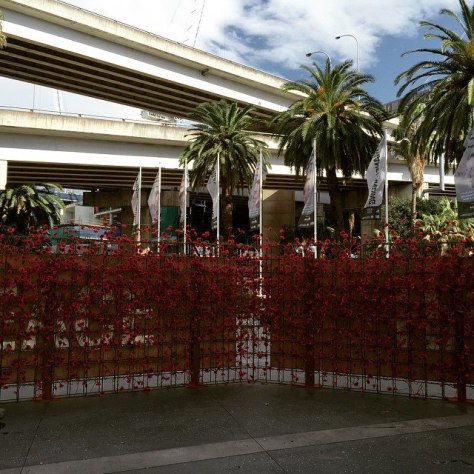
Michael Cohen said that there had been about 10,000 people so far visiting the site, with more expected to come by the end of the project by May 3rd, 2015 where the numbers are expected to grow up to 15,000-20,000 people.
There is still time for you to come down and check out the project. Nomanslanding in Sydney started in 2nd April and will finish on 3rd May 2015. The opening times are 11am to 7pm with last entry at 6.30pm. It is a free exhibition situated in Cockle Bay, Darling Harbour.
After Sydney, the project will continue on to be showcased in two international art festivals in Scotland and Germany. The next one being in August 2015, where Nomanslanding will be showcased in the Germany’s Rurhrtriennale International Festival of the Arts at Duisburg Ruhrort and then in July 2016, where Nomanslanding will be showcased in the Merchant City Festival of Glasgow, Scotland. Tell your friends who are going to be there to come and check out this exhibition!


